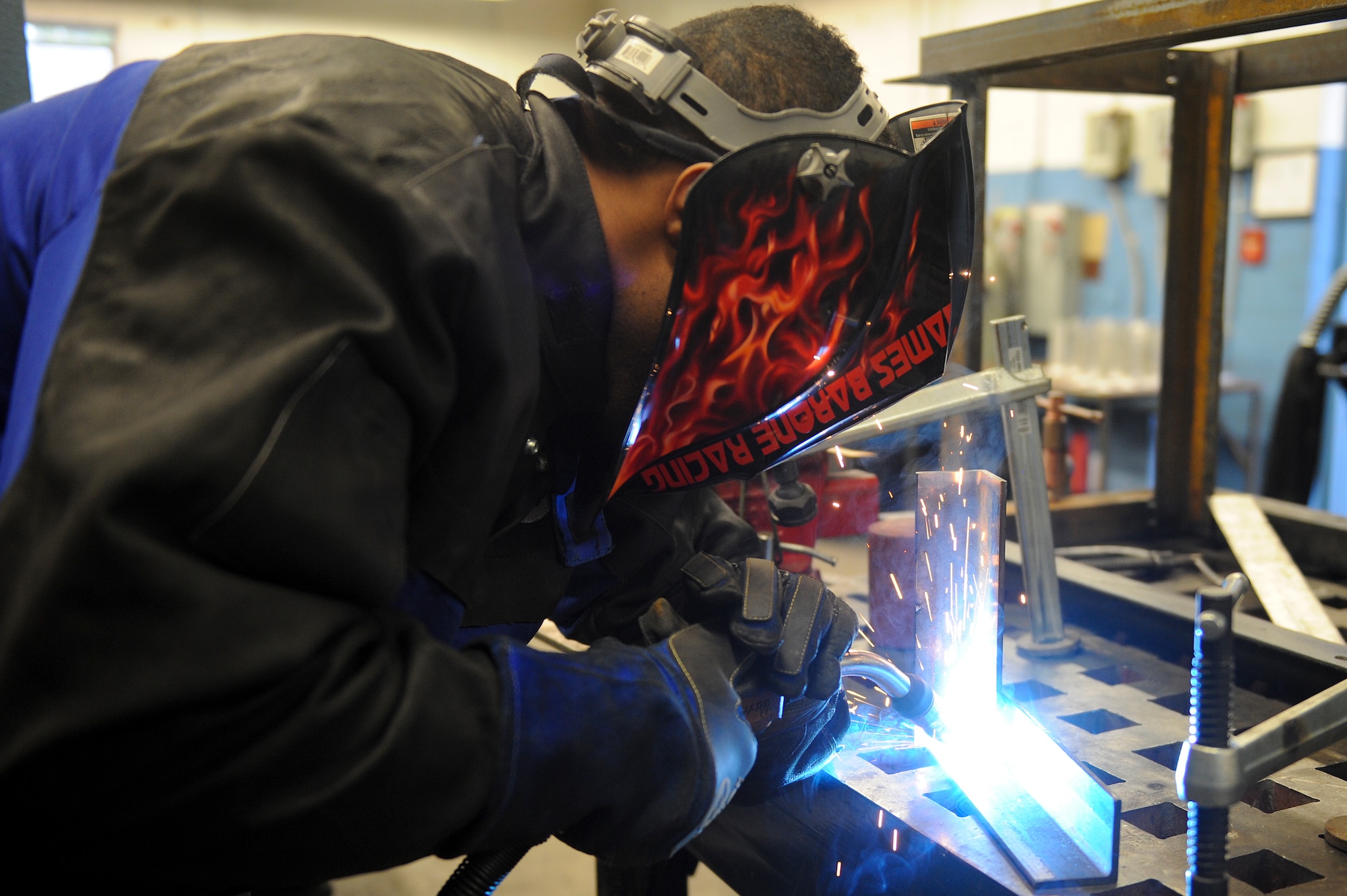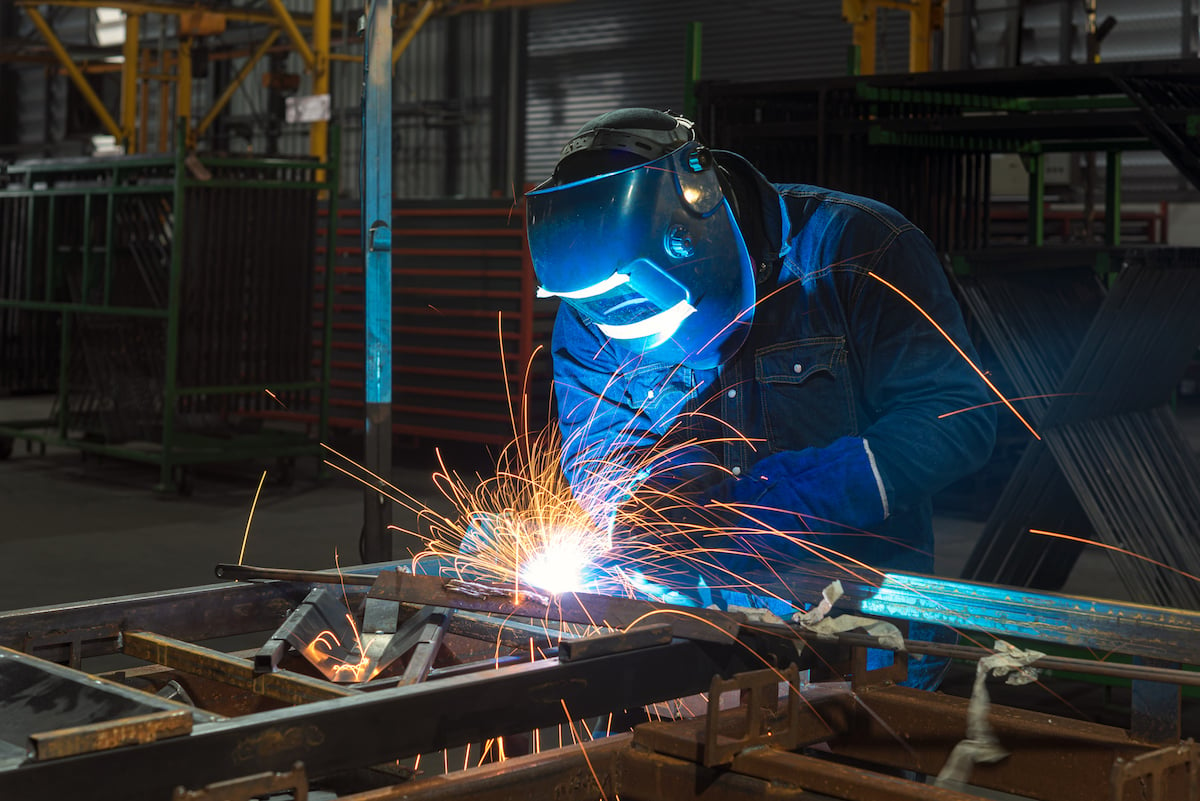Everything about Welding: Trick Insights Into Techniques and Ideal Practices for Success
Welding incorporates a range of strategies, each suited for specific materials and applications. Understanding these methods, such as GMAW, SMAW, and TIG, is essential for achieving ideal outcomes. In addition, the right equipment and safety and security techniques can not be forgotten. As preparation and troubleshooting play vital functions in the welding process, mastering these aspects can considerably boost the high quality of the last item. What are the crucial aspects that guarantee an effective weld?
Comprehending Various Welding Techniques
Welding strategies encompass a selection of techniques, each suited to particular applications and products. Among one of the most usual techniques are Gas Metal Arc Welding (GMAW), Secured Steel Arc Welding (SMAW), and Tungsten Inert Gas Welding (TIG) GMAW, also called MIG welding, is preferred for its speed and flexibility, making it ideal for slim materials. SMAW, or stick welding, is favored for its simpleness and effectiveness in outside atmospheres, specifically with thicker metals. TIG welding offers precision and control, making it ideal for elaborate work and non-ferrous metals (Belgrade Fabrication). Each technique has its one-of-a-kind advantages and factors to consider, allowing welders to select the most effective technique based on the job's needs, product type, and preferred outcomes. Recognizing these techniques is important for successful welding
Essential Welding Devices and Tools
While different welding techniques require particular abilities, the appropriate tools and tools are similarly important for attaining top quality outcomes. Vital welding tools consists of welding machines, which vary relying on the strategy-- such as MIG, TIG, or stick welding. Protective gear, including aprons, handwear covers, and headgears, guarantees safety and security and convenience during the process. In addition, fixtures and clamps help secure materials in area, guaranteeing accuracy in welds. Consumables like welding poles, cord, and shielding gas are also crucial elements that influence the quality of the weld. In addition, devices such as mills and cutters help with surface area prep work and post-weld completing, contributing to a professional outcome. Buying high-quality tools inevitably improves the efficiency and performance of welding tasks.
Safety And Security Practices in Welding
Proper safety and security techniques are essential in the welding market to safeguard employees from prospective threats. Welders have to use appropriate personal safety tools (PPE), consisting of safety helmets with proper shading, gloves, and flame-resistant garments. Adequate air flow is important to lower exposure to damaging fumes and gases produced during the welding procedure. Additionally, workers ought to be trained in the proper handling of welding equipment to stop mishaps. Fire precaution, such as keeping combustible products away from the welding area and having fire extinguishers conveniently available, are necessary. Routine inspections of devices and work areas can aid identify prospective threats before they cause accidents. By adhering to these security techniques, welders can create a safer working atmosphere and decrease threats connected with their profession.
Preparing Materials for Welding
Preparing materials for welding is a vital action that greatly influences the high quality and stability of the end product (Montana Mobile Welding and Repair Belgrade). Proper prep work entails cleaning the surfaces to get rid of impurities such as oil, dirt, and corrosion, which can endanger the weld. Methods such as grinding, sanding, or making use of solvents are commonly employed to achieve a tidy surface. Furthermore, making certain that the products fit with each other well is necessary; voids can bring about weak welds. It's additionally vital to consider the alignment and positioning of the parts, as this will certainly influence the simplicity of welding and the final outcome. Finally, selecting aluminum welding the appropriate filler material and making sure compatibility with the base metals is crucial for achieving solid, long lasting welds
Tips for Achieving High-Quality Welds
Attaining top notch welds calls for attention to information and adherence to best techniques throughout the welding procedure. Proper joint prep work is crucial, making certain surfaces are cost-free and clean from pollutants. Choosing the appropriate filler material and welding strategy based on the base metals is vital for excellent bonding. Keeping regular travel rate and angle while welding can prevent problems and advertise harmony. In addition, controlling warm input is vital; too much heat can cause bending and weakened joints. Regularly inspecting the welds during the process enables for instant modifications if required. Utilizing proper post-weld therapies, such as cleaning and stress relief, can boost the durability and honesty of the weld, ultimately making certain an effective result.
Fixing Usual Welding Issues
Welding typically presents challenges that can impact the high quality and stability of the end product. Usual problems such as porosity, irregular weld grains, and overheating can arise, each calling for details fixing techniques. Understanding these troubles is crucial for welders to enhance their skills and accomplish suitable outcomes.
Porosity Troubles Described
Although porosity can usually be overlooked, it continues to be an essential problem in welding that can endanger the stability of an ended up product. Porosity describes the presence of small gas pockets within the weld grain, which can weaken the joint and lead to premature failure. This trouble typically arises from pollutants, wetness, or improper securing gas coverage throughout the welding process. To minimize porosity, welders ought to validate that the base materials are tidy and dry, make use of proper shielding gases, and preserve regular welding parameters. Routinely evaluating the devices and setting can additionally assist recognize potential problems prior to they show up in the weld. Addressing porosity successfully is vital for attaining solid, resilient welds that fulfill quality standards.

Irregular Weld Beads
Inconsistent weld beads can substantially influence the quality and strength of a finished item. Different aspects add to this issue, including incorrect travel rate, inaccurate amperage settings, and irregular electrode angles. When the welder moves too quickly, a bead may show up narrow and do not have penetration, while moving also slowly can cause extreme buildup. In addition, utilizing the wrong amperage can result in either damaging or excessive spatter, both of which concession weld stability. The welder's technique, such as irregular lantern activity, can likewise bring about unequal bead appearance. To reduce these troubles, welders should focus on keeping steady, controlled why not find out more activities and ensuring appropriate devices setups to attain uniformity in their welds. Uniformity is essential to attaining solid and reliable welds.
Overheating and Warping Issues
Too much warm throughout the welding process can bring about considerable getting too hot and warping issues, influencing the architectural stability of the workpiece. These problems frequently show up as distortion, which can jeopardize placement and fit-up, making more assembly challenging. Elements contributing to overheating include the option of welding specifications, such as voltage and take a trip speed, along with the sort of product being welded. To alleviate these problems, aluminum welding welders must keep regular traveling speed and suitable warmth input while keeping an eye on the work surface temperature level. In addition, preheating or post-weld heat treatment can help alleviate tensions triggered by fast air conditioning - Belgrade Fabrication. Regular examination and adherence to best practices are vital in protecting against overheating and making certain the long life and dependability of bonded frameworks
Often Asked Questions
What Are the Profession Opportunities in the Welding Market?
The welding industry supplies varied occupation chances, including positions as welders, instructors, engineers, and inspectors. Specialists can operate in manufacturing, construction, aerospace, and auto markets, benefiting from strong need and affordable incomes in different roles.
Exactly How Can I Improve My Welding Rate Without Giving Up Quality?
To boost welding rate without compromising quality, one ought to practice reliable strategies, preserve tools, optimize setups, and boost hand-eye sychronisation. Normal training and seeking feedback can likewise significantly add to accomplishing quicker, top notch welds.
What Accreditations Are Readily Available for Welders?
Many qualifications exist for welders, including those from the American Welding Culture (AWS), the National Facility for Building Education And Learning and Study (NCCER), and different industry-specific companies. These credentials enhance employability and show skill proficiency.
Exactly How Does Welding Influence the Characteristics of Metals?
Welding affects the residential properties of steels by changing their microstructure, which can cause adjustments in solidity, ductility, and toughness. Heat input and air conditioning prices throughout the procedure significantly influence these product characteristics.
Can I Weld Dissimilar Metals Together?

Comments on “Welding issues explained and solved by Montana Mobile Welding and Repair Belgrade Fabrication”